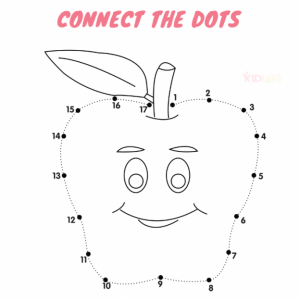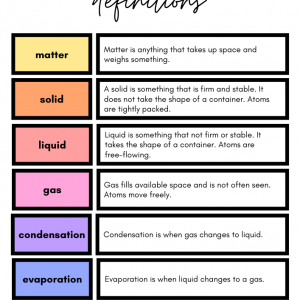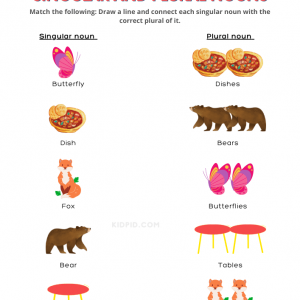Activity › Discussion › Environment › Flora and Fauna Question
Tagged: #environment
-
Flora and Fauna Question
Posted by Vaishnavi on June 6, 2023 at 4:31 pmState the differences between Flora and Fauna. Explain how it is important for our planet.
Aakriti replied 11 months, 2 weeks ago 2 Members · 1 Reply -
1 Reply
-
::
Flora and fauna are two distinct terms used to describe different components of the Earth’s biodiversity. Here are the differences between flora and fauna:
1. Flora: Flora refers to the plant life or vegetation found in a particular region or ecosystem. It includes all types of plants, ranging from microscopic algae and mosses to towering trees and flowering plants. Flora encompasses a wide variety of species, each adapted to specific environmental conditions and playing a crucial role in maintaining ecosystem balance<div>2. Fauna: Fauna refers to the animal life found in a specific region or ecosystem. It includes all types of animals, including mammals, birds, reptiles, amphibians, fish, insects, and other invertebrates. Fauna exhibits tremendous diversity, with different species occupying various ecological niches and interacting with their environment in unique ways.
now, let’s explore the importance of flora and fauna for our
1l1. Biodiversity: Flora and fauna together contribute to the Earth’s biodiversity. Biodiversity refers to the variety of life forms on Earth, including genetic, species, and ecosystem diversity. High biodiversity is crucial for the stability and resilience of ecosystems. It supports the functioning of ecological processes, such as nutrient cycling, pollination, and decomposition, which are essential for the overall health of the planet.
2. Ecosystem Services: Flora and fauna provide various ecosystem services that are vital for human well-being. Plants, through photosynthesis, produce oxygen, remove carbon dioxide from the atmosphere, and provide habitats for numerous animal species. They also contribute to soil formation and erosion control. Animals, on the other hand, play roles such as pollination, seed dispersal, pest control, and nutrient recycling. These services are essential for maintaining healthy ecosystems and supporting agriculture, food production, and other human activities.
3. Cultural and Aesthetic Value: Flora and fauna have significant cultural and aesthetic value. They inspire artists, writers, and scientists.</div>-
This reply was modified 11 months, 2 weeks ago by
Aakriti Gupta.
-
This reply was modified 11 months, 2 weeks ago by
 Fruits Connect the Dot Worksheets for Kids
Fruits Connect the Dot Worksheets for Kids  States of Matter Science Worksheets for Kids
States of Matter Science Worksheets for Kids  Match Singular and Plural Nouns Printable Worksheets for Grade 1
Match Singular and Plural Nouns Printable Worksheets for Grade 1  Letter Hunt Worksheet Printables for Preschool
Letter Hunt Worksheet Printables for Preschool